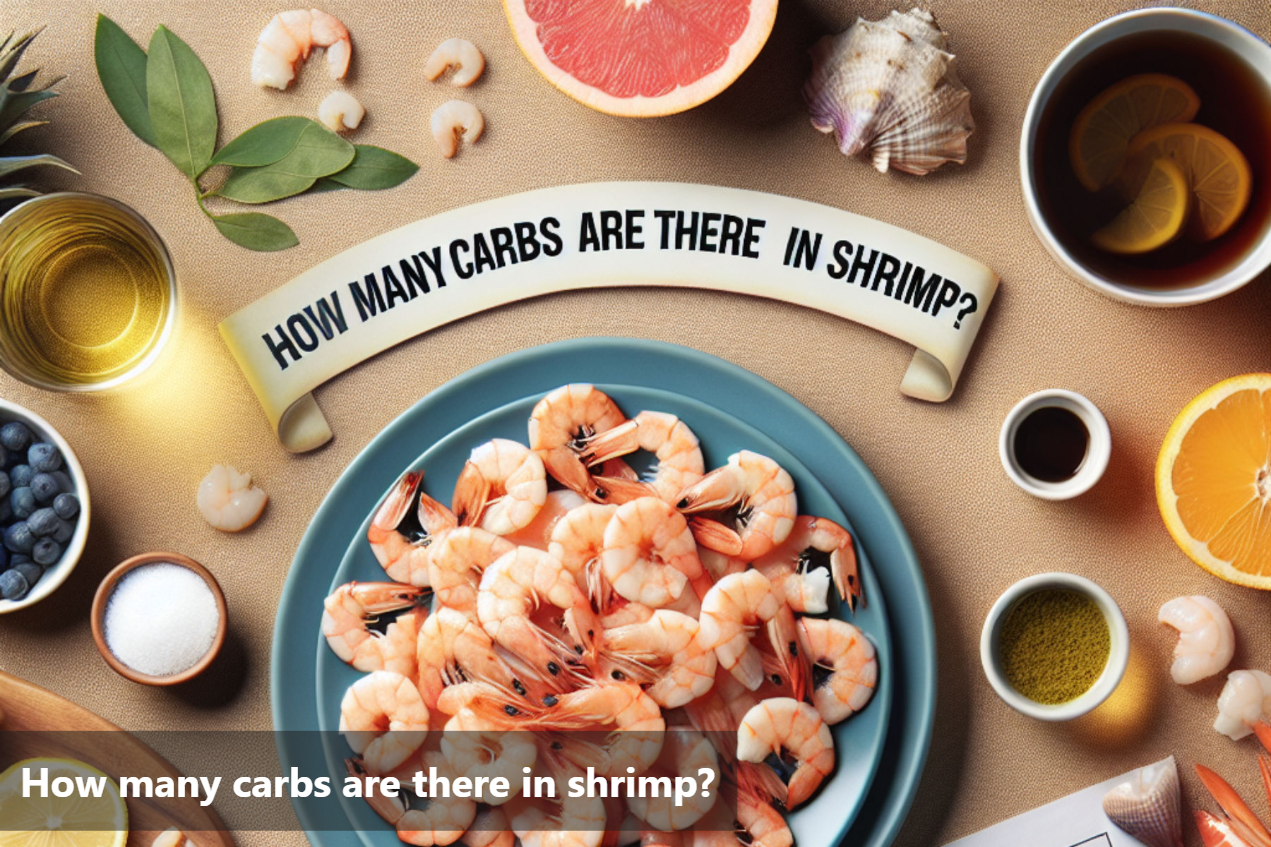
How many carbs are there in shrimp?
Shrimp is a popular seafood choice known for its delicious taste and versatility in various dishes. For health-conscious individuals, understanding the carb content of shrimp is crucial in maintaining a balanced diet. While shrimp is low in fat and calories, it contains some carbohydrates that can impact your overall carb intake. By knowing how many carbs are present in shrimp, you can make informed decisions about including it in your meals.
When thinking about the carbs in shrimp, it's essential to consider portion sizes and preparation methods. Grilled or boiled shrimp tends to have lower carb content compared to breaded or fried options. This knowledge allows you to enjoy shrimp dishes while being mindful of your carb intake.

Nutritional Profile of Shrimp
3-ounce (85 gram) serving of cooked shrimp contains:
Calories |
84 |
Fat |
0.2g |
Sodium |
94.4mg |
Carbohydrates |
0.2g |
Fiber |
0g |
Sugars |
0g |
Protein |
20.4g |
Phosphorus |
201mg |
Vitamin B12 |
1.4mcg |
Selenium |
31.8mcg |
Vitamin A |
52.1mcg |
Choline |
86.8mg |
Vitamin E |
1.4mg |
Folate |
15.1mcg |
Factors Affecting Carb Content in Shrimp
When it comes to the carb content in shrimp, the cooking methods and preparation styles play a significant role in determining the final amount.
Boiling is one of the healthiest ways to cook shrimp as it doesn't add any extra carbs. By simply boiling shrimp, you can enjoy their natural flavors without any hidden carbohydrates.
Grilling is another popular method that adds a delicious charred flavor to shrimp. However, be cautious with marinades or sauces that may contain added sugars, increasing the overall carb content.
On the contrary, deep-frying shrimp can significantly increase its carb content. The batter used for frying is usually made from flour or breadcrumbs, which are high in carbohydrates, thus making the dish carb-rich.
-
Steaming is a great option for those looking to maintain the low carb content of shrimp. It preserves the natural flavors and nutrients without introducing any additional carbs.
By being mindful of the cooking methods and preparation styles, you can savor shrimp dishes while keeping your carb intake in check.
Tips for Monitoring Carb Intake from Shrimp
When it comes to monitoring carb intake from shrimp, it's essential to stay mindful of your dietary choices. Here are some practical tips to help you manage your carb consumption effectively:
Choose Grilled or Steamed Shrimp: Opt for grilled or steamed shrimp instead of breaded or fried options. This reduces unnecessary carbohydrate intake while preserving the natural flavor of the shrimp.
Homemade Marinades and Seasonings: Prepare your own marinades and seasonings using herbs, spices, and healthy oils to control the amount of carbs added to your shrimp dish. This way, you can enjoy flavorful meals without excess carbohydrates.
Pair with Low-Carb Sides: Pair shrimp with low-carb side dishes such as salads, grilled vegetables, or cauliflower rice to create a well-balanced and satisfying meal that is not high in carbohydrates.
Read Labels: When purchasing pre-packaged shrimp or shrimp products, carefully read the labels to determine the carb content per serving. This helps you make informed decisions about your carb intake.
-
Monitor Portion Sizes: Keep track of the portion sizes of shrimp you consume to control your overall carb intake. Moderation is key in maintaining a balanced diet.
By following these tips, you can enjoy the nutritional benefits of shrimp while effectively managing your carb intake for a healthier lifestyle.

Decoding Shrimp Carbohydrates: Facts and Figures Unveiled
Shrimp is known for being a protein-rich and low-calorie food, but it also contains a small amount of carbohydrates. Understanding the carb content in shrimp is essential, especially for individuals monitoring their carbohydrate intake for health or dietary reasons.
When incorporating shrimp into your meals, it is important to be mindful of the carb content to maintain a balanced diet. By being aware of how many carbs are in shrimp, you can make informed decisions about your overall carbohydrate consumption. Whether you are following a specific diet plan or simply striving for a healthier lifestyle, knowing the carb content in shrimp allows you to manage your carb intake effectively while still enjoying this delicious seafood option.
Considering the carb content in shrimp plays a significant role in achieving your nutritional goals. By being aware of the carbs in shrimp and incorporating them wisely into your diet, you can enjoy the benefits of this nutrient-dense food while ensuring that your carb intake aligns with your dietary requirements.
FAQs
-
How many carbs are in shrimp?
A 3-ounce serving of shrimp typically contains less than 1 gram of carbohydrates.
-
Are there any hidden carbs in shrimp?
Shrimp are low in carbs and are considered a good source of protein without any hidden carbs.
-
Can shrimp be included in a low-carb diet?
Yes, shrimp are suitable for low-carb diets due to their minimal carbohydrate content.
-
Are there different carb counts in various shrimp dishes?
The carb content in shrimp dishes may vary depending on the preparation method and added ingredients, so it is advisable to check the nutritional information for specific dishes.
This Blog post is an initiative by Lo! Foods, to provide accurate and Nutritionist / Doctor approved information related to Health. Lo! Foods is India's leading brand for Everyday Functional Foods. Foods designed for specific Health conditions or Needs. Lo! Foods also runs India's largest range of Low Carb Healthy Cloud Kitchens, under the brand names of Lo!, ProteinChef, ATH (All Things Healthy) and DiabeSmart.



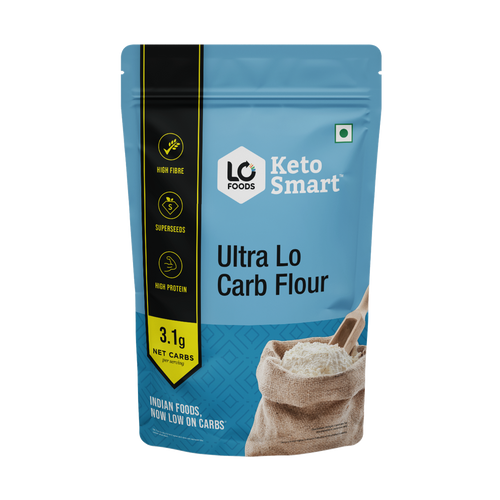
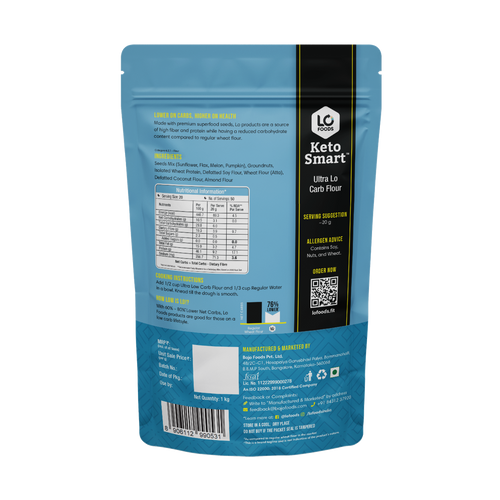

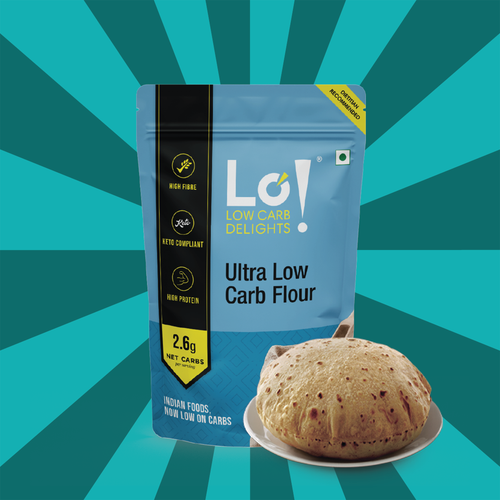


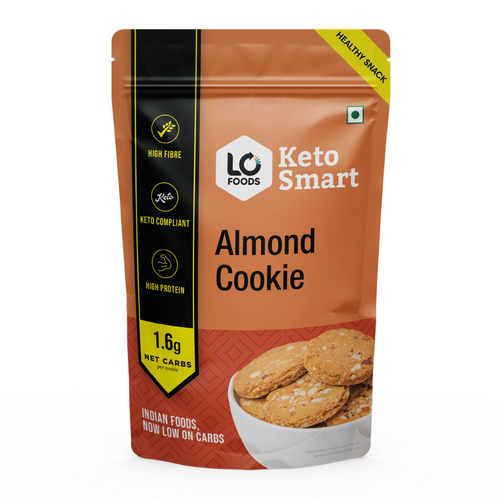

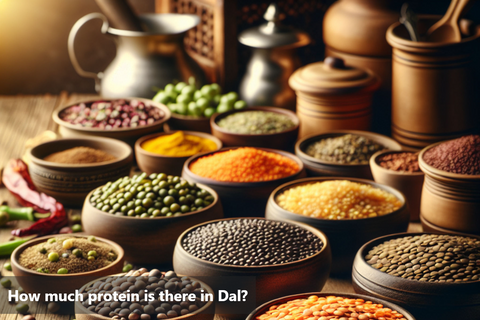



Leave a comment
Your email address will not be published.